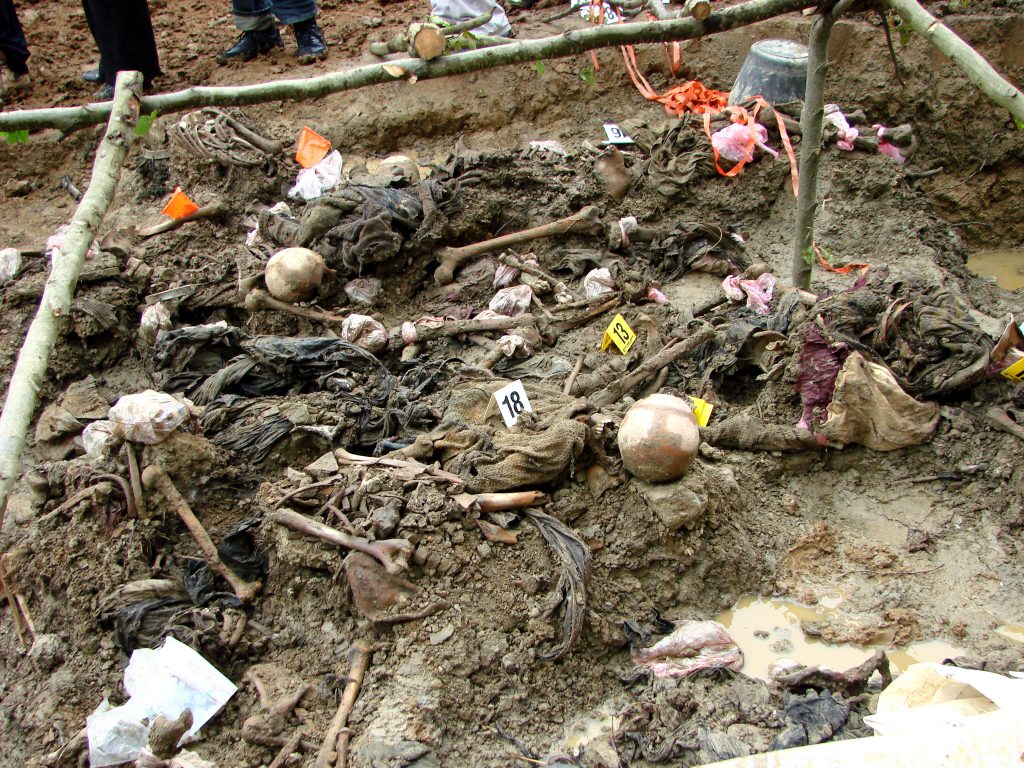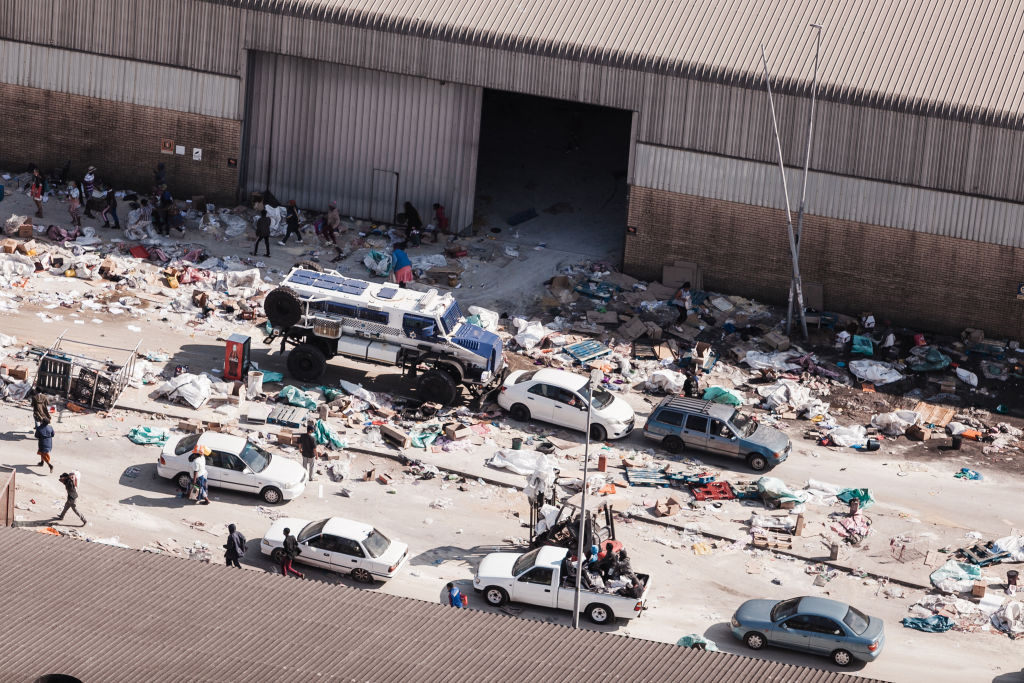History
Ratko Mladić's Conviction and why the Evidence of Mass Graves Still Matters
Convicting Mladić, who stood accused for his involvement in implementing and orchestrating the forcible transfer and eventual elimination of the Bosnian Muslim population.

Ratko Mladić has been convicted of genocide and persecution, extermination, murder and the inhumane act of forcible transfer in the area of Srebrenica in 1995. He was also found guilty of persecution, extermination, murder, deportation and inhumane act of forcible transfer in municipalities throughout Bosnia and Herzegovina and of murder, terror and unlawful attacks on civilians in Sarajevo.
In addition, the former Bosnian Serb army general was convicted for the hostage-taking of UN personnel. But he was acquitted of the charge of genocide in several municipalities in Bosnia and Herzegovina in 1992.
The events that occurred in and around the Srebrenica enclave between July 10-19 1995, where an estimated 8,000 Bosnian Muslims, mostly men and boys, lost their lives, are well documented. These atrocities, culminating in the “biggest single mass murder in Europe” since World War II, not only resulted in a tremendous loss of life and emotionally scarred survivors, it also left behind a landscape filled with human remains and mass graves.
Forensic investigations into the Srebrenica massacre assisted in convicting Mladić, who stood accused for his involvement in implementing and orchestrating the forcible transfer and eventual elimination of the Bosnian Muslim population from Srebrenica. For the Srebrenica investigations, between 1996 and 2001, the International Criminal Tribunal for the Former Yugoslavia (ICTY) conducted exhumations at 23 sites, while a further 20 mass graves were probed to confirm that they contained human remains.

The investigative objectives for these investigations were to:
* Corroborate victim and witness accounts of the massacres;
* Determine an accurate count of victims;
* Determine cause and time of death;
* Determine the sex of victims;
* Determine the identity of victims (a process that is ongoing with the help of DNA analysis); and
* Identify links to the perpetrators.
The task of locating and exhuming mass graves in Bosnia continues, as does the general quest of locating the missing in the territory of the former Yugoslavia. And this evidence still matters for the ICTY. Evidence on hundreds of bodies exhumed from the Tomašica mass grave near Prijedor in the north-west of Bosnia and Herzegovina, was presented in the Mladić trial.
The summary judgment read out in the court room in The Hague made this very clear:
During several weeks in September and early October 1995, senior members of the VRS [Army of the Bosnian-Serb Republic] and the MUP [Ministry of the Interior] attempted to conceal their crimes by exhuming their victims’ remains from several mass graves, and then reburying those remains in more remote areas in Zvornik and Bratunac municipalities. Their attempt to cover up the Srebrenica massacres ultimately failed.

Such attempts at hiding crimes by digging up mass graves only to dispose of the bodies in so called “secondary mass graves” results in commingled and mutilated body parts rendering identification and repatriation of human remains all the more difficult. This causes further and prolonged distress to the survivor population and can be seen as intent to cause suffering.
Properly investigated forensic evidence from mass graves, the presentation of such physical evidence, the testing of expertise, independence and impartiality of the accounts in court, is likely to result in more reliable findings. In the case of Bosnian Serb leader Radovan Karadžić forensic evidence helped confirm the crimes committed – it can be assumed that the same is the case for Mladić; at the time of writing the judgment in its entirety is not available yet.
It is well worth remembering that the information from forensic mass grave investigations has another purpose and does not only speak to a court of law. The work on the ground through organisations such as the International Commission on Missing Persons will continue as there are “too many people who are still searching for their children’s bones to bury”. Those forensic findings will have a value and meaning for family members and survivors that judgments such as the Mladić one cannot have. It offers them information on their lost loved ones and, hopefully, the return of their human remains.
This article was originally published on The Conversation.






